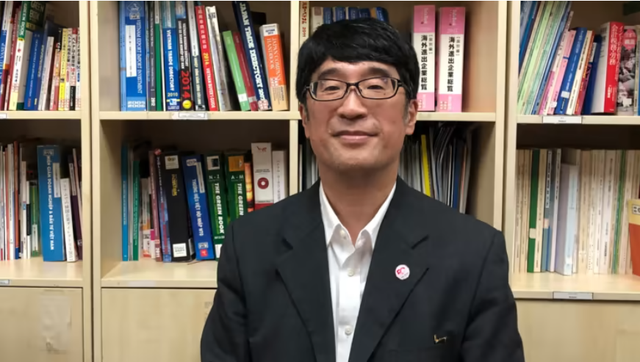Viet Nam is seen as the top investment destination in ASEAN
This indicates that Viet Nam is seen as the top investment destination in ASEAN as Japanese companies continue to diversify their global supply chains, Matsumoto told VGP in a recent interview.
On the other hand, looking at the first quarter of 2023, there was an overall decrease of nearly 40 percent in FDI, and investment from Japan also declined significantly. The turmoil in the financial markets and the real estate market have been cited as a concern as well as concerns that high CPI and interest rates will have a negative impact on domestic consumption and capital investment demand, increasing uncertainty about the future of the economy.
Moreover, there are currently no vacancies in major industrial parks around Ho Chi Minh City, which means that even if companies want to invest in these areas, they may miss out on opportunities. In addition to infrastructure development, the land use approval process for industrial parks must be expedited, and industrial parks must be expanded and improved.
Domestic demand supports economy
With the target of 6.5 percent GDP growth in 2023, many predicted a low figure for the first quarter due to the recent drop in external demand, but the 3.32 percent figure is widely considered to be lower than expected.
On the other hand, while external demand fell, the economy was supported by domestic demand, probably due to the growing size of the domestic market, which is projected to surpass 100 million people.
In terms of companies inquiring to JETRO, while Viet Nam was considered as production base to the global market, recently there are many Japanese companies targeting the domestic market in Viet Nam. With the outlook for when external demand will return difficult to predict, attention will likely focus on how to stabilize prices and adopt a monetary policy that stimulates consumption.
Structural transformation from assembly and processing processes to higher value-added production processes is required. If this is not accomplished, the country will fall into the middle-income trap. However, in order to attract high-value-added industries, it will be important to foster supporting industries and develop high-level industrial human resources.
Compared to other ASEAN countries such as Thailand and Malaysia, Viet Nam's supporting industries are fragile and labor productivity is relatively low. Viet Nam's ability to maintain high growth will depend on improvements in these areas.
Inquiries to JETRO continue to focus on labor-intensive production processes. Soaring labor costs are the biggest problem for Japanese companies in Viet Nam. As mentioned above, the key to the success will be how smoothly the structural transformation to high value-added industries can be carried out in the future./.
source: chinhphu.vn
More Articles
- • Viet Nam’s growth support policy helps counter global headwinds in 2023: ADB
- • Viet Nam’s economy forecast to grow by 6.3% in 2023: WB
- • Viet Nam’s AI leadership status is blossoming: Forbes
- • Viet Nam maintains competitive advantage in manufacturing: HSBC
- • ADB commends Viet Nam for maintaining stable macro-economic environment in 2022
- • WB Lead Country Economist: Viet Nam has strong macro-economic performance in 2022
- • ADB upgrades 2022 growth forecast for Viet Nam to 7.5%
- • Standard Chartered raises Viet Nam's 2022 GDP growth forecast to 7.5 percent
- • Viet Nam’s GDP growth in January-September hits 12-year high
- • Gov’t continues to cut land rentals for pandemic-hit entities



